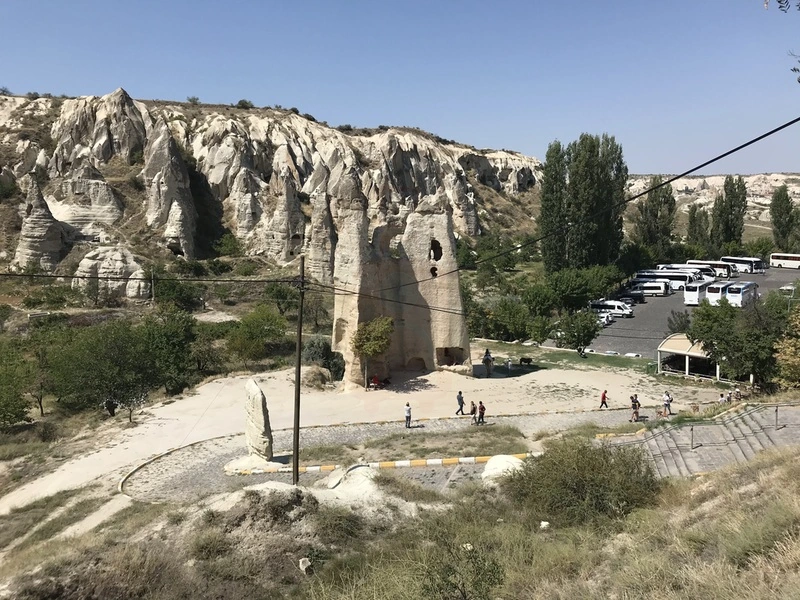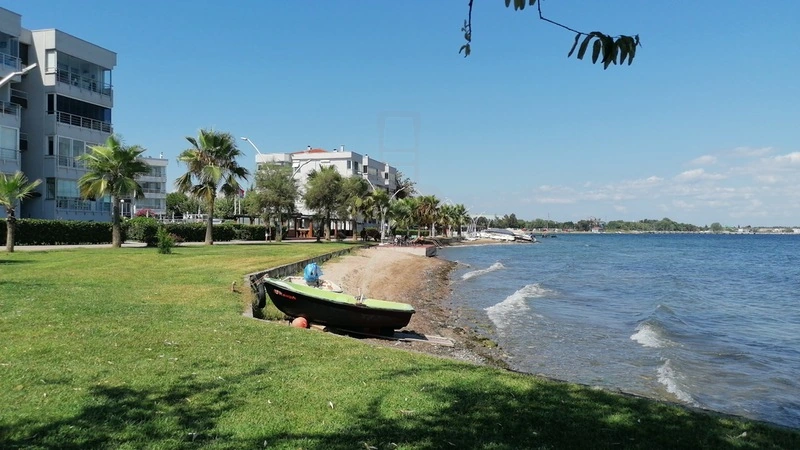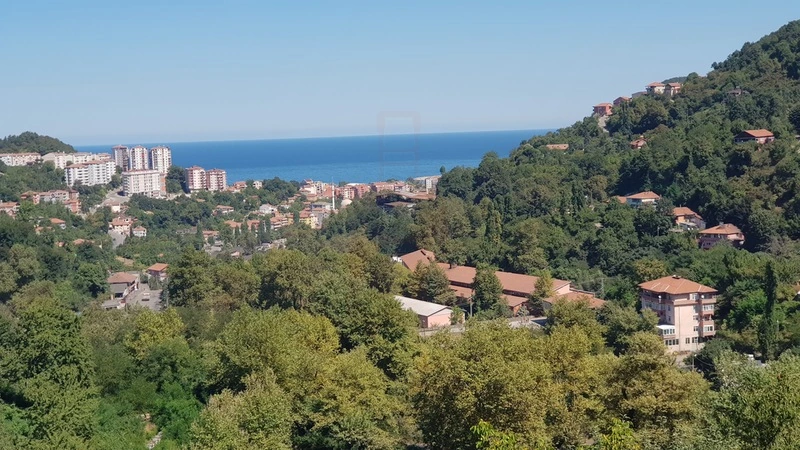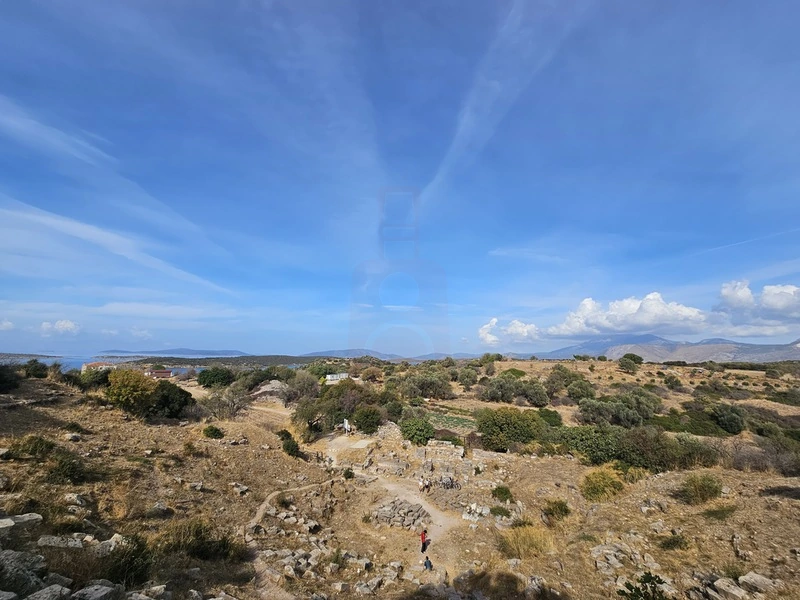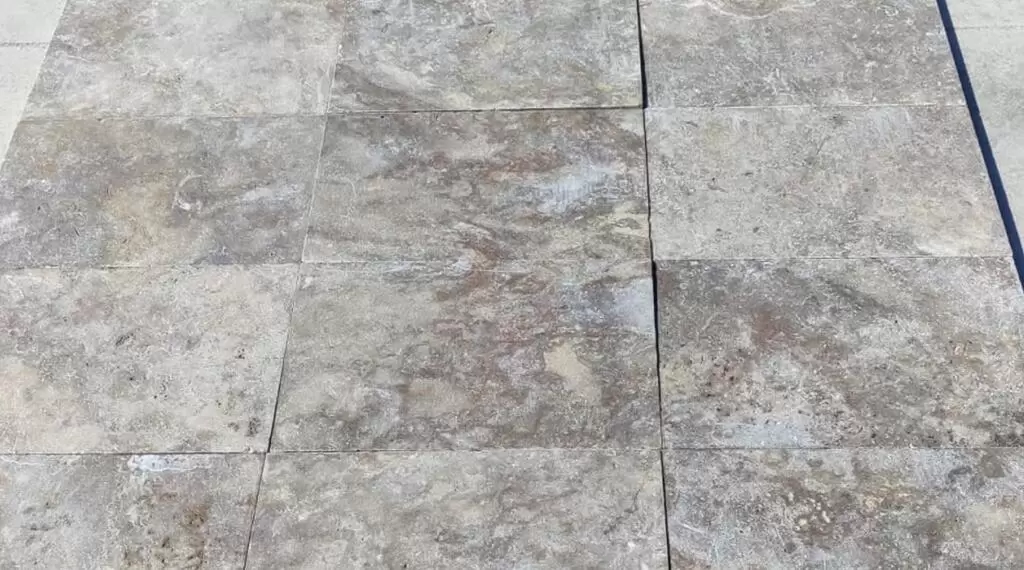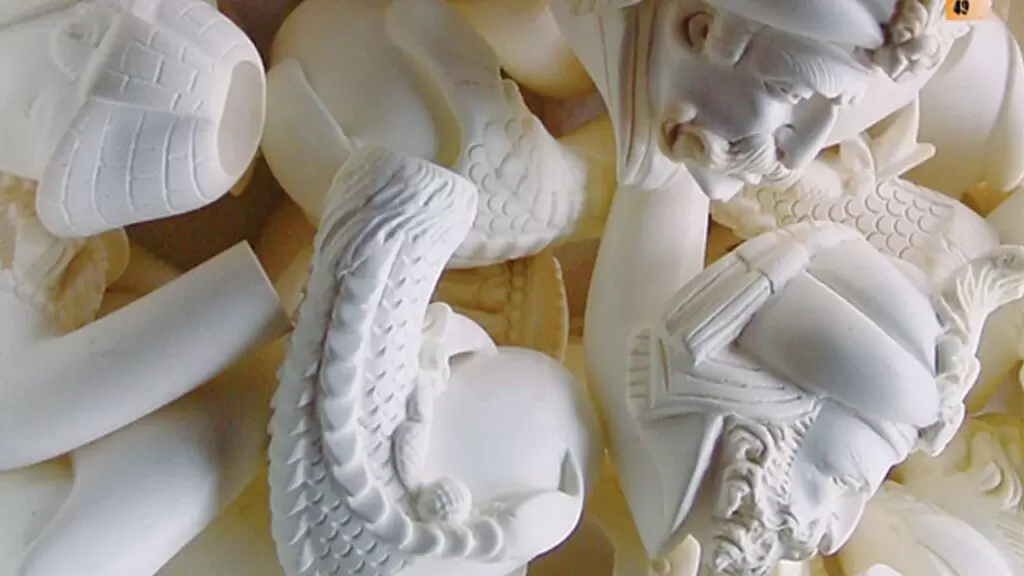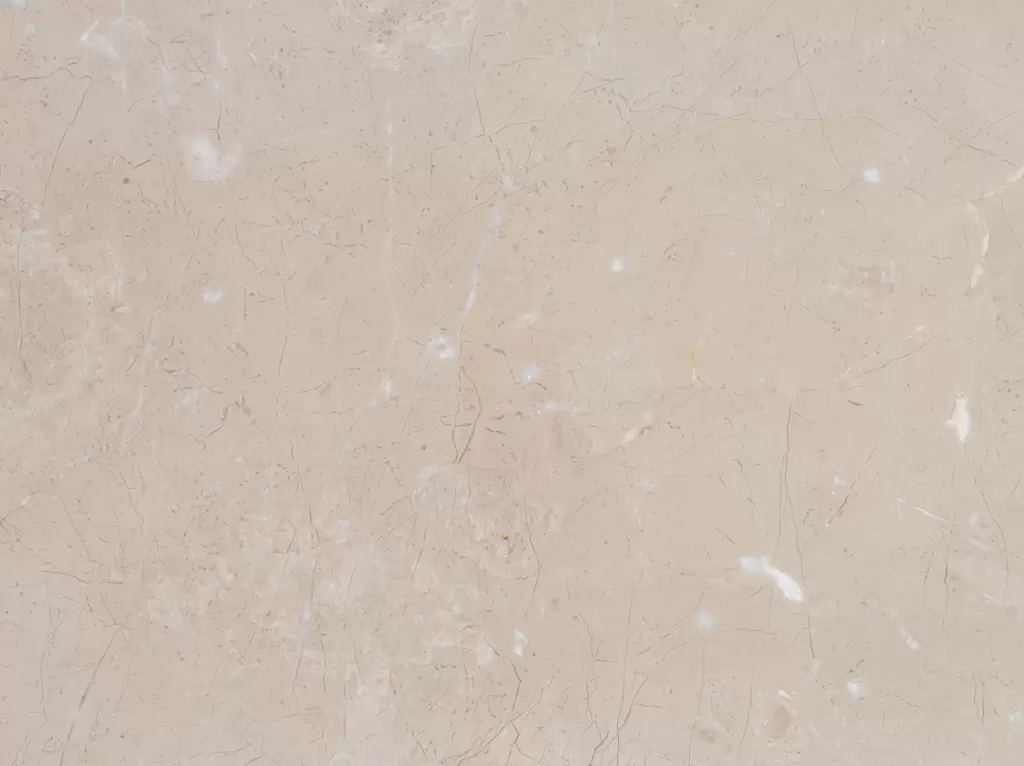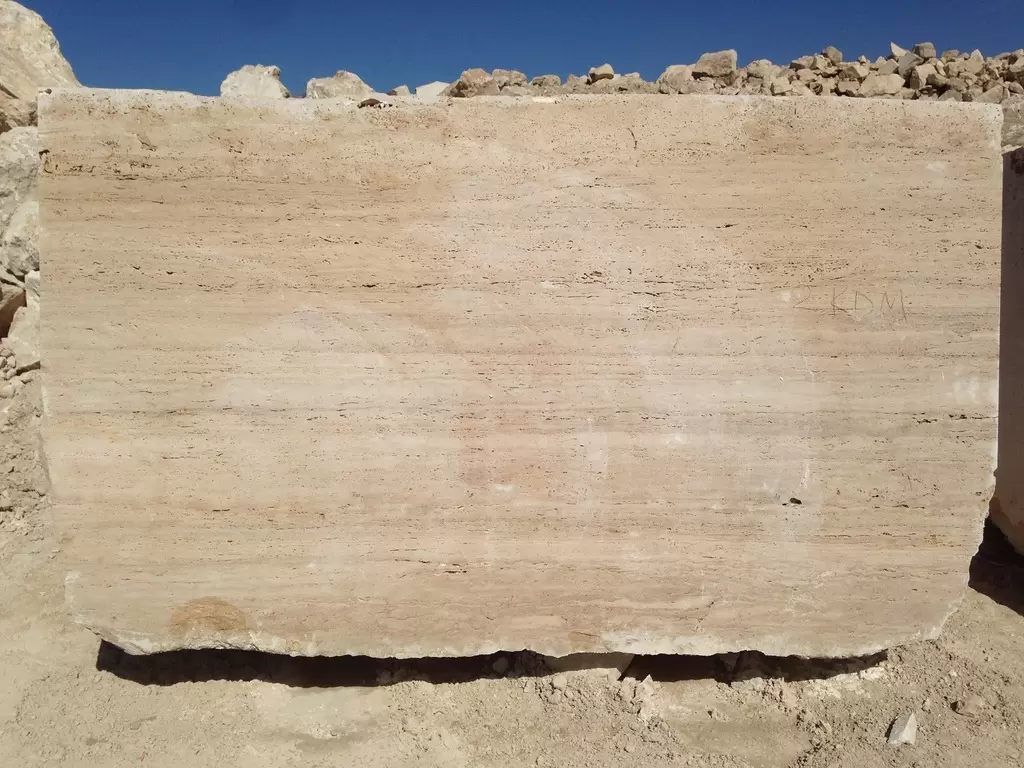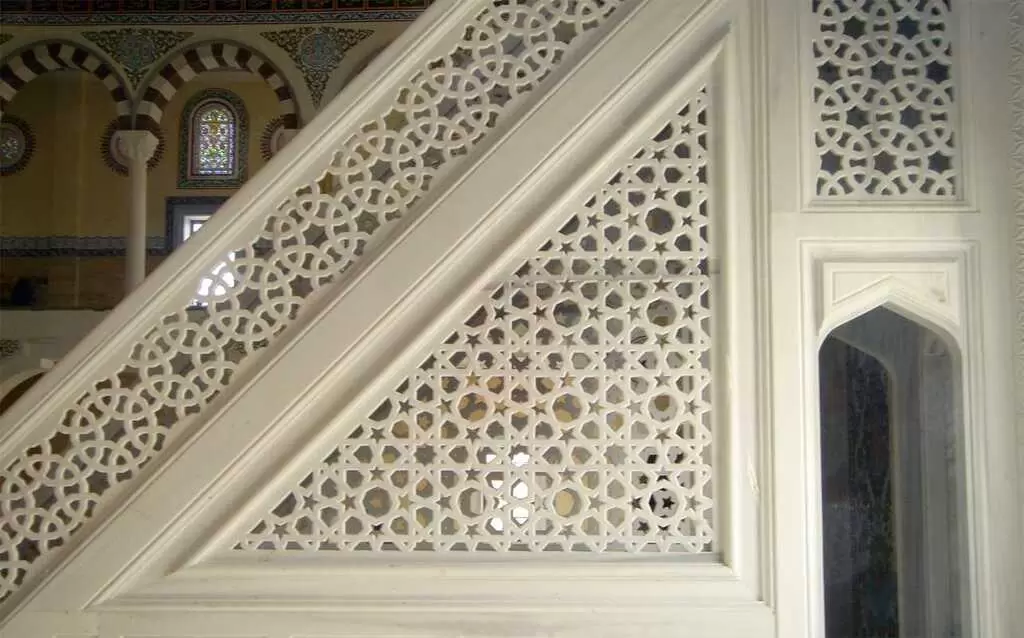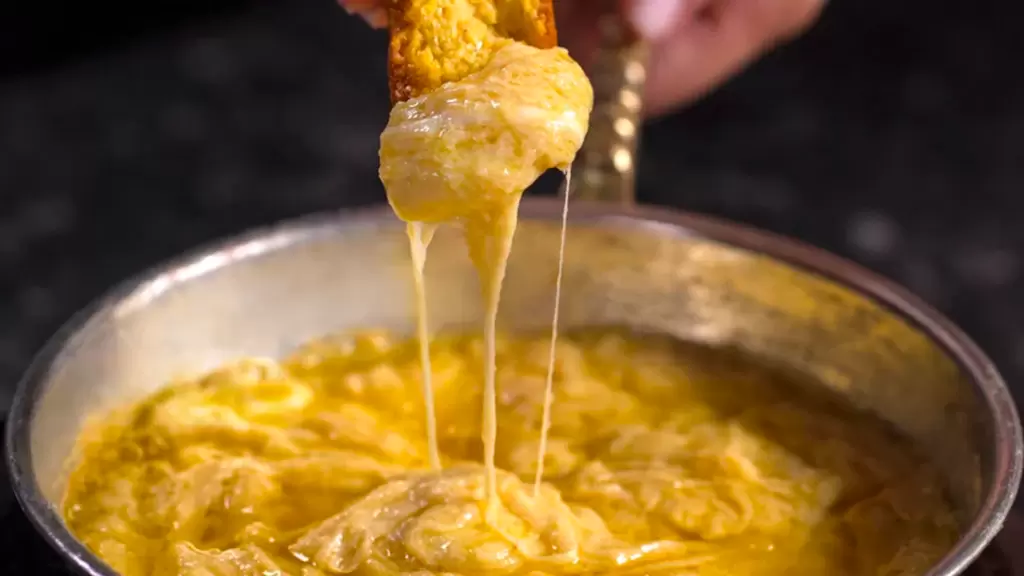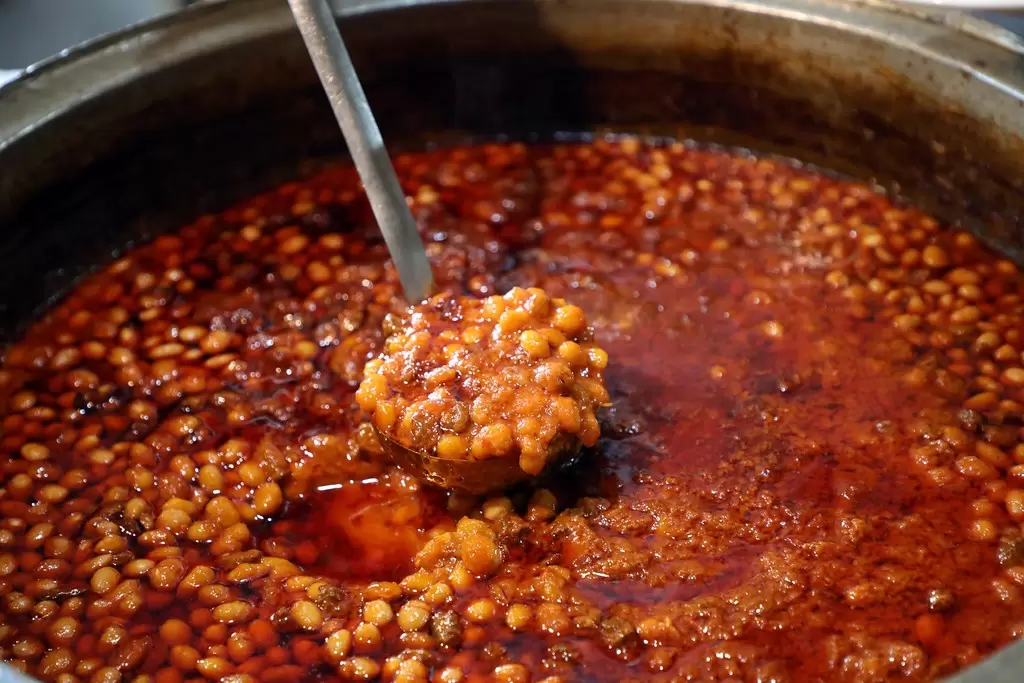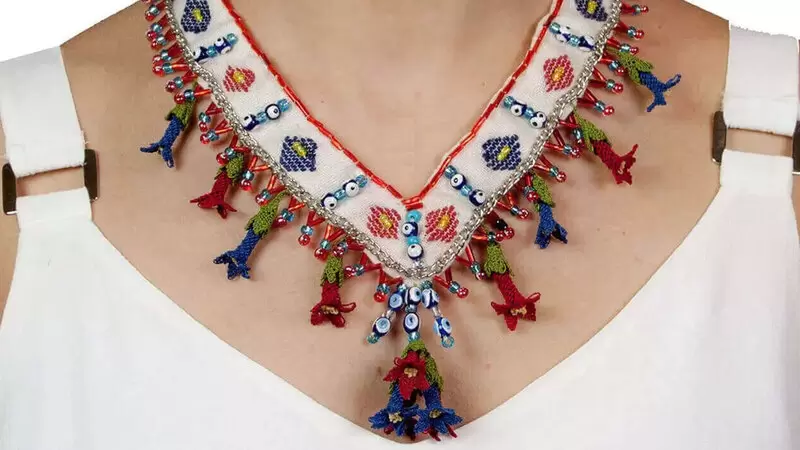
Nallıhan Örtmesi, Ankaranın zengin kültürel ve zanaat mirasıyla ünlü Nallıhan ilçesine ait geleneksel bir el dokuması kumaştır. Kökenleri tarihi İpek Yoluna dayanan ve ipekböcekçiliğine bağlı mirasıyla Nallıhan Örtmesi, bölgenin sanat ve zanaatkârlığını örneklendiriyor. Karmaşık tasarımları, canlı renkleri ve doğal malzemeleriyle tanınan bu ürün, bölgenin tekstil geleneklerinin sembolü haline geldi.
Ayırt Edici Özellikler
-
Doğal Malzemeler
Nallıhan Örtmesi ipek, ipek-pamuk karışımları veya saf pamuk iplikleri kullanılarak dokunmaktadır. Yüksek kaliteli malzemeler dayanıklılık ve yumuşak bir doku sağlayarak kumaşı hem pratik hem de dekoratif amaçlara uygun hale getirir. İplikler, canlı, uzun ömürlü renkler sağlayan ve zanaatın çevre dostu doğasını vurgulayan doğal bitki bazlı boyalarla boyanmaktadır. -
Benzersiz Dokuma Teknikleri
Nallıhan Örtmesinin belirleyici özelliği, yörede kızkıvrağı olarak bilinen ters bükülmüş ipliklerin kullanılmasıdır. Bu iplikler dokuma öncesinde özel bir sabunlama işleminden geçirilerek onlara farklı bir doku ve parlaklık kazandırılır. Dokuma düz örgü (bezayağı) tarzında yapılmakta olup, dekoratif motiflerde brokar, bordürlerde kilim dokuma gibi ek teknikler kullanılmaktadır. -
Karmaşık Motifler
Kumaş, her biri kültürel ve sembolik önem taşıyan çeşitli motiflerle süslenmiştir. Ortak motifler şunları içerir:- Koç Boynuzu: Gücü ve doğurganlığı simgeliyor.
- Yıldız Motifi (Göbekli): Korumayı ve göksel rehberliği temsil ediyor .
- Tarak (Zülüf Tarağı): Bakım ve güzelliğe atıf.
- Göz (Sarıgöz): Karşı koruma sağlar nazar.
- Diğer Semboller: Hambarcık, Bibercik, Guguk gibi tasarımlar günlük yaşamı ve doğa unsurlarını yansıtır. Bu motifler, genellikle doğal olarak boyanmış renkli iplikler kullanılarak dokunmuştur ve görsel uyum için simetrik desenler halinde düzenlenmiştir.
-
Ayırt Edici Kenarlıklar ve Desenler
Kumaşın uzun kenarlarında tipik olarak hardal sarısı, kahverengi veya kırmızı tonlarında çarpıcı kenarlıklar bulunur. Bu bordürler kalın ve ince çizgiler kullanılarak oluşturularak görsel olarak çekici bir kontrast yaratılmaktadır. Uzun kenarların ortasında brokar tekniği kullanılarak dokunan üçgen motifler tasarıma özgünlük katıyor. Kumaşın kısa kenarlarında genellikle kilim dokuma teknikleri kullanılarak oluşturulan çok renkli motifler yer alıyor ve bu da kumaşın dekoratif çekiciliğini daha da artırıyor. -
Çok Yönlülük ve Boyutlar
Nallıhan Örtmesi, genellikle geleneksel kıyafet veya tören amaçlı kullanılan, vücudun üst kısmını örtecek şekilde tasarlanmıştır. Simetrik dokumanın sağladığı çift taraflı kullanılabilirlik, pratikliğini artırıyor. Kumaşın genişliği genellikle 85-104 cm, uzunluğu ise 118-200 cm arasındadır ve bu da onu çeşitli uygulamalara uygun hale getirir. -
Kültürel Önem
Nallıhan Örtmesi zanaatı, İpek Yolu ve devam eden ipekböcekçiliği kapsamında bölgenin tarihiyle yakından bağlantılıdır. Geleneksel olarak kumaş günlük hayatta giysi, baş örtüsü veya dekoratif parça olarak kullanılıyordu. Günümüzde bölgenin dokuma geleneklerini koruyan, zanaatkârlarının yaratıcılığını yansıtan değerli bir kültürel eser olarak hizmet vermektedir. -
Geleneksel Boyama ve Renklendirme
İplikler bitkilerden, köklerden ve minerallerden elde edilen doğal pigmentler kullanılarak boyanarak canlı renkler ve çevresel açıdan sürdürülebilir üretim sağlanır. Doğal boyaların kullanılması, kumaşı geleneksel uygulamalara bağlıyor ve çevre dostu bir ürün olarak çekiciliğini artırıyor. -
El İşçiliği Mükemmelliği
Nallıhan Örtmesinin her parçası yetenekli zanaatkarlar tarafından geleneksel tezgahlarda dokunuyor. İplik hazırlığından dokuma ve terbiye işlemlerine kadar olan süreç tamamen manuel olup, bu karmaşık kumaşları oluşturmak için gereken özveri ve uzmanlığı vurgulamaktadır.
Üretim Süreci
- İplik Hazırlama: İplikler eğrilir, bükülür ve dokularını ve dayanıklılıklarını arttırmak için sabunlama tekniğiyle işlemden geçirilir.
- Boyama:
- Boyama:
- Boyama: Strong> İpliklerin canlı tonlarda renklendirilmesinde doğal boyalar kullanılarak çevre dostu üretim sağlanır.
- Dokuma: Kumaş, geleneksel tezgahlarda düz dokuma teknikleri kullanılarak dokunur. Bordür ve motifler brokar ve kilim dokuma yöntemleriyle eklenir.
- Son Dokunuşlar: Kenarlar genellikle püsküllerle süslenir veya dekoratif düğümlerle sabitlenerek kumaş tamamlanır.
Modern Uygunluk
Nallıhan Örtmesinin kökleri geleneksel uygulamalara dayansa da, kültürel bir eser, koleksiyonluk bir ürün ve çevre dostu işçiliğin sembolü olarak modern zamanlarda da ilgi görmeye devam ediyor. Karmaşık desenleri ve canlı renkleri, onu tekstil meraklıları ve benzersiz, el yapımı ürünler arayanlar arasında favori haline getiriyor.
Sonuç
Nallıhan Örtmesi bir kumaştan çok daha fazlasıdır; yüzyıllara dayanan geleneği, yaratıcılığı ve beceriyi temsil eden Nallıhan bölgesinin kültürel amblemidir. Canlı renkleri, karmaşık tasarımları ve sürdürülebilir üretim yöntemleri, onu Türk mirasının zamansız bir parçası haline getiriyor, ziyaretçilerin ilgisini çekiyor ve tarihi İpek Yolunun mirasını koruyor.




